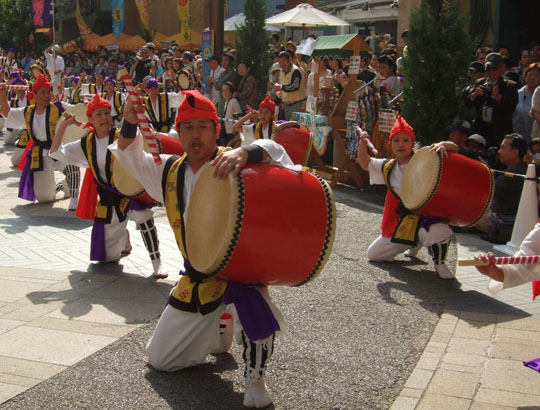At a 2009 concert, Seijin Noborikawa, the grand-daddy of Okinawan folk music, told the audience about where he felt most at home when he visited mainland Japan. He described a neighborhood where passersby chatted in uchinaaguchi language, where shops served pig-trotter noodles and island songs seeped like honey from tiny backstreet bars. Noborikawa was talking about Yokohama's Tsurumi Ward, and in particular an area between the river and the docks that, due to its close ties to Japan's southernmost islands, has led it to be christened Okitsuru — a synthesis of "Okinawa" and "Tsurumi."
On my initial visit to the neighborhood, it was difficult to understand how Okitsuru had earned its nickname. A gritty factory zone of warehouses and cranking machinery, the only palm tree in sight was a faded poster on a workshop wall. However, it was precisely this proximity to the Keihin industrial belt that lured Okinawan migrants here in the first place. In the 1920s, a combination of disproportionate taxation and the collapse of the sugar-cane market devastated Okinawa's economy, causing widespread famine. Thousands fled the islands to find work as far away as Bolivia and Brazil — others came to Honshu and settled mainly in Osaka's Taisho Ward and here in Tsurumi.
At that time, barely 40 years had passed since Japan had annexed Okinawa and quashed its status as an independent kingdom. Many mainlanders regarded their new neighbors as bumpkins, at best; at worst, an inferior race. Factory owners fired workers who spoke in island languages and landlords turned away Okinawan tenants. The flood-prone area south of the Tsurumi river was one of the few places that Okinawans could rent accommodation so they settled here en masse and began to build a community.



















With your current subscription plan you can comment on stories. However, before writing your first comment, please create a display name in the Profile section of your subscriber account page.